It’s a neat idea, the Defender Challenge. In short, it involves applying the formula that applies to one-make, arrive-and-drive racing, to rallying.
It’s Bowler Motorsport’s idea. You might not be surprised to learn that, because the company has been doing innovative, interesting things with Land Rovers for decades.
Bowler is independent but has close links and a good relationship Land Rover. You might remember the Bowler Wildcat and Nemesis. Bowler currently makes the EXR, for road or rally. Bowler’s heart is in off-road racing.
And this, the Defender Challenge, is an easy path way into the sport. Some people have entered the Challenge just because it’s a low-hassle way to go rallying and is a right laugh. But others do it because Bowler’s experience in Rally Raids means they can move on, with Bowler, from here into grander off-road rallies than the seven-round UK Defender Challenge. Like the Dakar.
The Challenge cars, then. They start life as Defender 90 hard-tops; no rear seats, solid top. They’re registered that way and that makes them commercial vehicles - although motorsport regulations insist on the addition of a back window later.
Then Bowler sets to work – adding its own motorsport wheels, a 170bhp engine tune and race exhaust, bespoke springs, Bilstein dampers, new bushes, anti-roll bars and steering damper; a plumbed fire extinguisher, roll cage, engine cut off, Perspex windows, racing seats and six-point harnesses. And air conditioning.
Like that, they cost £50,000. You can spend more on other options, if you like. This is motorsport, after all. It’s all expensive.
They’re homologated for both MSA and FIA regulations, so can be entered not just into the Defender Challenge, but international rally raid events too.
Being a bright company and having spotted people might want to do just that, but are short of time or space or mechanical ability, Bowler can look after everything. Smart company.
But still, dim enough to let me have a go in round six of the UK Defender Challenge, whose seven competitors comprised a class in the Cambrian Rally, North Wales, last weekend.
I’ve raced on a circuit a few times but never rallied before. And having talked to other competitors here and at races, it’s striking how many stick to their discipline: rallyists go rallying, racers go racing.
I’ll tell you something else: rallying is hard. I’ll spare you the details of my glorious battle for the class lead, because it wasn’t glorious and I didn’t battle for the class lead, but I will tell you that these Defenders genuinely handle.
There’s no ABS or stability control, they don’t feel as top-heavy as you’d think, and their attitude is extremely adjustable.
If you get the braking right you can set them up on the way into a bend, Scandinavian-flick-stylee, and then, if you get back on the power correctly, they’ll drift foursquare around your given corner. I don’t get either right very often.
The problem, if you’re used to circuit racing, is that even though you can get a fair idea of where a corner goes – because there’s a co-driver telling you – you don’t really find out until you get there. Grip levels change by the metre. Cambers and gradients too. One moment you’re on dry, hard, relatively grippy stone. The next you’re under tree cover and it’s wet and muddy.
Granted, conditions change sometimes on a circuit, too: tyres go off, rubber gets laid. But by and large a corner is in the same place you found it last time. Then, you usually regain grip on the straight, and the run-off area is not comprised of upright wooden posts with the leaves and branches still attached.
That can be quite unsettling, even though Defenders are not fast rally cars. The Challenge runs last on the road, and Defenders tend to finish towards the back of the results. Or, in my case, at the very back of the results, but let’s gloss over that.
Still, I only, harmlessly, fall off once, by the end of the day I’m not setting the slowest Defender time, and I haven’t put it on its side or broken it. If I don’t bin somebody else’s car, it’s a decent day at work; and this feels like a hell of a lot more than a decent day at work. Seriously, if you’ve ever thought about going racing, think equally hard about going rallying.
Read the Bowler Motorsport Land Rover Defender Challenge first drive review
Read Autocar's history of Land Rover





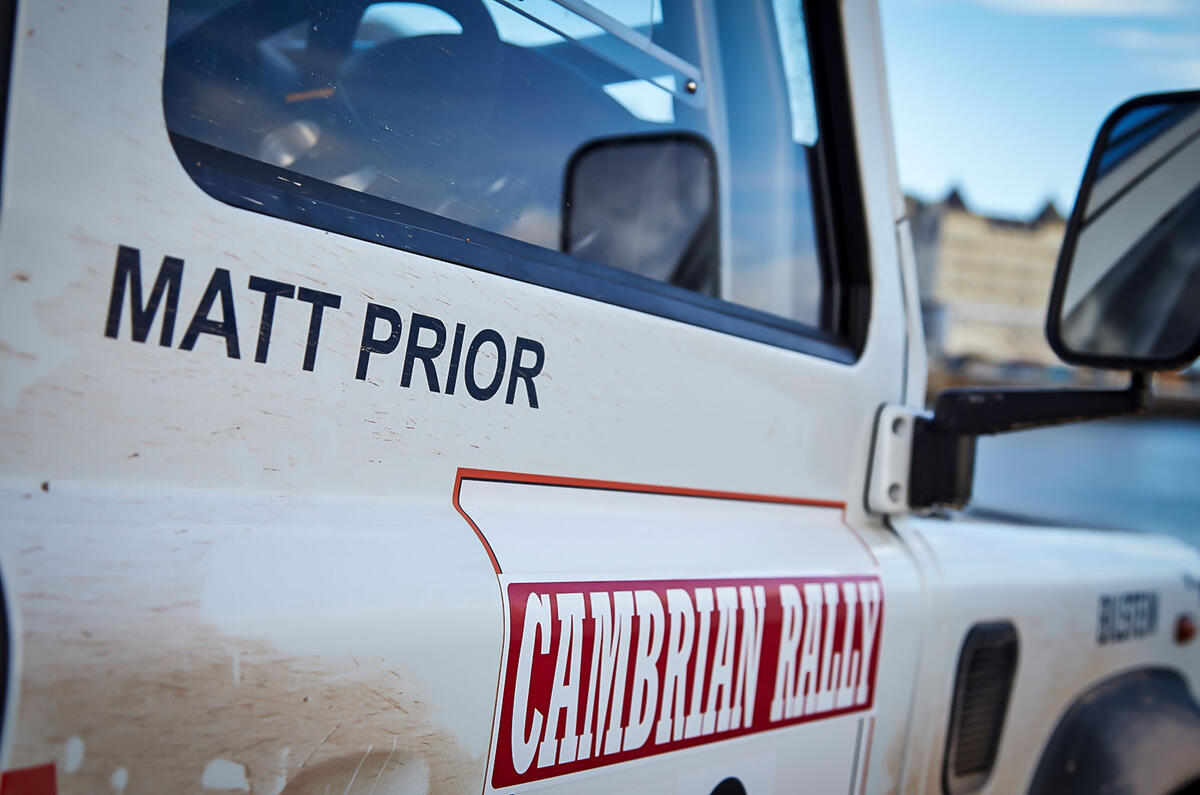
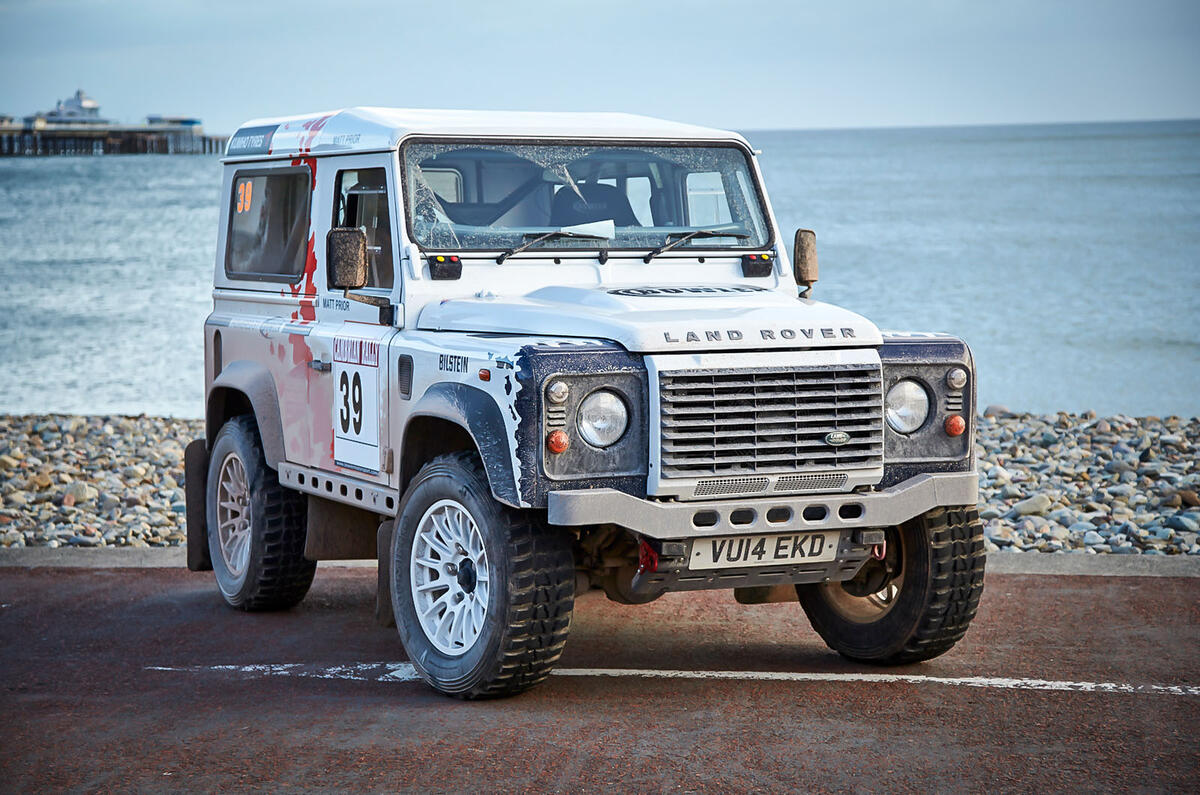


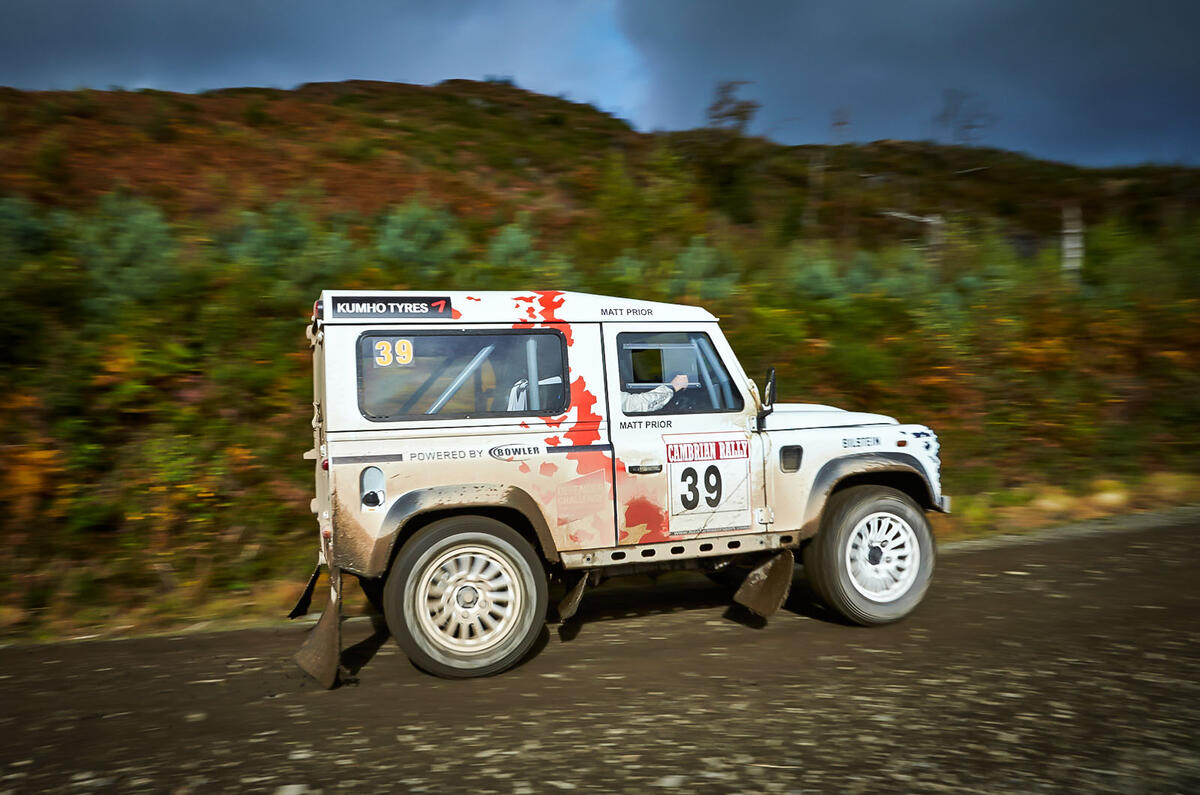


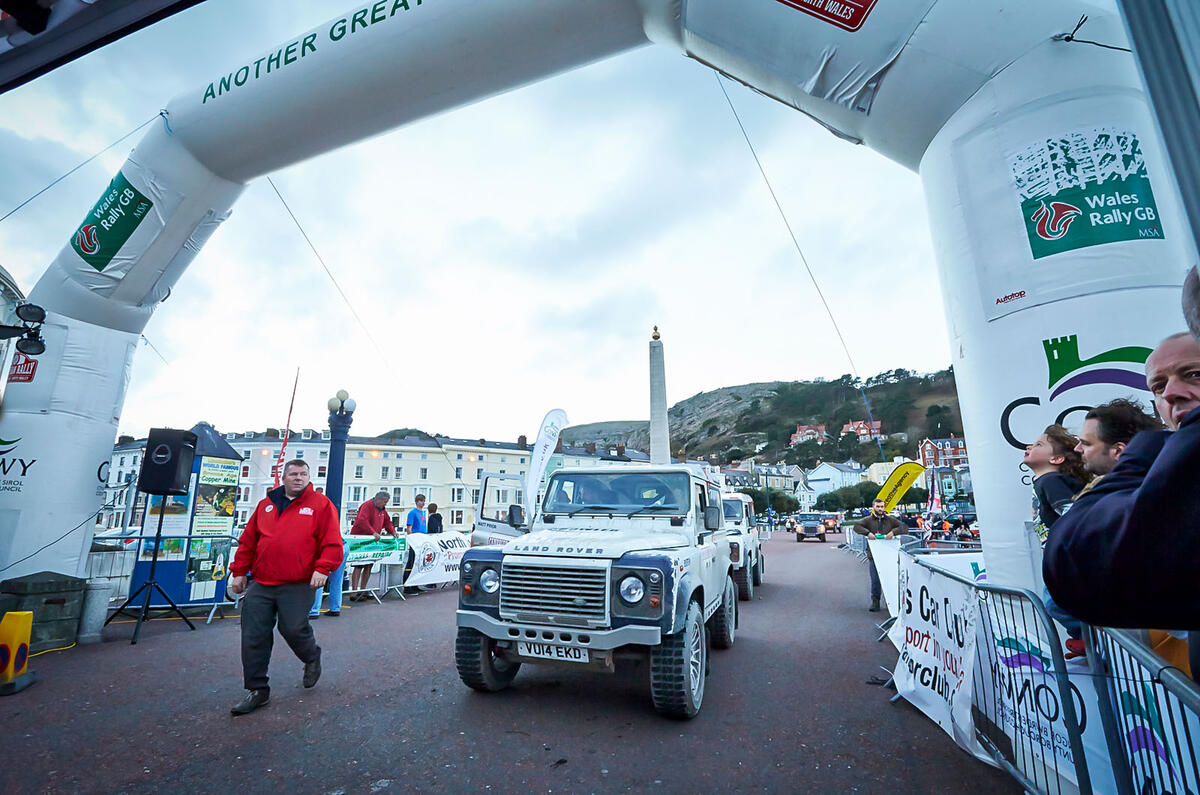

























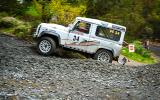







Join the debate
Add your comment
Defender replacement
I notice the Ford Cortina Mk2 has totally vanished but you still see Mk1s, that tells you a lot.